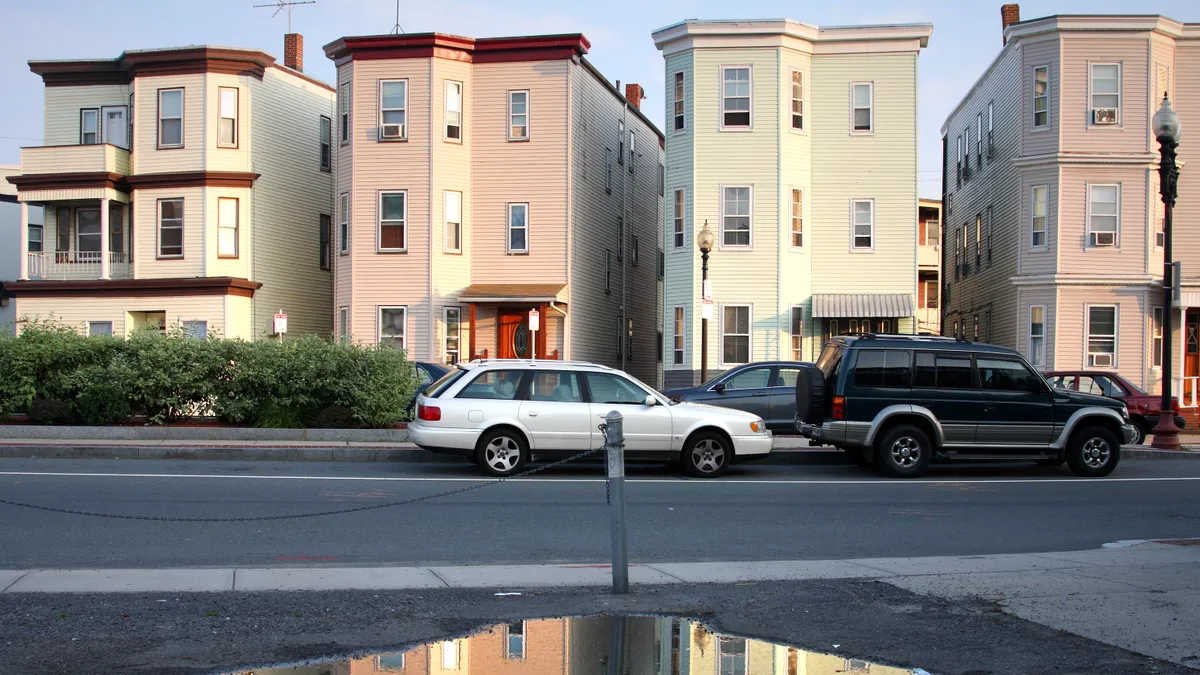Utah is the most energy-efficient state and South Carolina is the least, according to data published Tuesday by personal finance site WalletHub.
The survey looks at both home and vehicle energy efficiency and compares states based on an aggregated score. Rounding out the top five most-efficient states are Massachusetts, Vermont, New York and Rhode Island.
In last year’s WalletHub survey Massachusetts was the most energy efficient. South Carolina’s position is unchanged.
“The average U.S. family spends at least $2,000 per year on utilities,” according to WalletHub, citing data from the federal government. “Heating and cooling of spaces alone accounting for more than half the bill,” the site said. Add to that, the average consumer spent another $3,120 on motor fuel and oil, the report found.
After South Carolina, the least energy-efficient states are West Virginia, Alabama, Mississippi and Arkansas.
The home efficiency scores were developed by comparing energy consumption with heating degree days; for vehicle efficiency, WalletHub divided the annual vehicle miles driven by gallons of gasoline consumed to determine vehicle-fuel efficiency. Alaska and Hawaii were not included in the survey.
Energy efficiency is increasingly viewed as a tool to reduce energy use, monthly bills and greenhouse gas emissions.
“The future is full electrification of homes, which will allow grids to work with demand-response strategies to balance needs across consumers,” said Georg Reichard, head of the Department of Building Construction and an associate director in the Myers-Lawson School of Construction at Virginia Tech.
Reichard provided commentary to accompany WalletHub’s survey and said the government should be supporting consumers and businesses in making homes and buildings more efficient.
“Those investments are still rather steep but have merits for a broader community. So, such incentives have a broader impact that goes beyond the individual homeowner and thus are good examples of incentive policies to help a market transformation,” Reichard said.
But a new report from national business group E2 and nonprofit E4TheFuture indicates efforts to improve energy efficiency may face a workforce shortage. The groups released their annual “Energy Efficiency Jobs in America” report on Friday, showing 2.2 million workers in the energy efficiency sector last year — but while the workforce grew 2% in 2022, employment still has not recovered to pre-pandemic levels when there were 2.4 million efficiency workers.
“More than 84% of energy efficiency businesses are reporting difficulty in finding employees,” said Phil Jordan, vice president at BW Research Partnership. The group oversaw research efforts and compiled the employment report’s data. “Federal, state and local policies can help strengthen workforce development and apprenticeship programs for the energy efficiency sector.”
Energy efficiency jobs include a wide range of positions including in manufacturing and sales, installation and repair, architecture and accounting. States experiencing the highest percentage growth in energy efficiency jobs were: Nevada, New Mexico, Oklahoma and New Jersey, according to the employment report.
“By passing policies that speed up building decarbonization and electrification, we can create even more of these savings and jobs, while simultaneously reducing emissions and the impacts of climate change,” E2 Executive Director Bob Keefe said.















